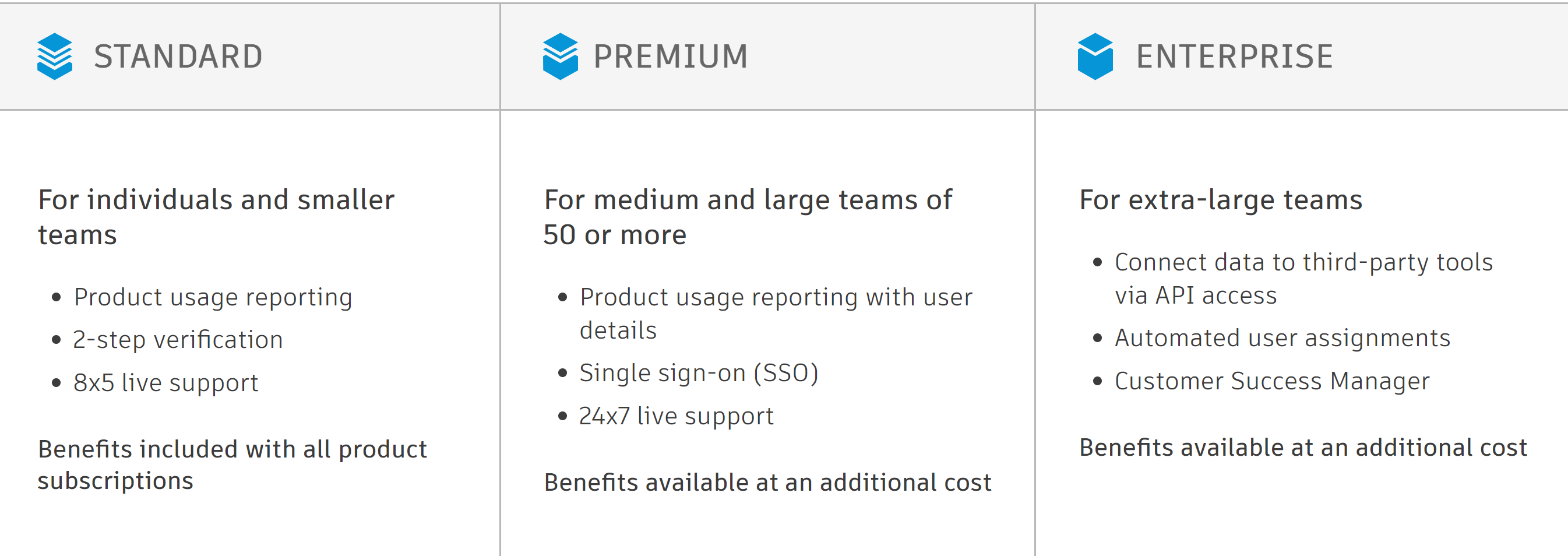

Technical Toolboxes
Pipeline Expertise You Can Rely On
Technical Toolboxes is a leading provider of integrated and cloud-based pipeline software, online resources and technical training for pipeline engineering professionals around the world. The integrated software products developed by Technical Toolboxes provide engineering software productivity tools for standardization and we deliver oil and gas industry training courses covering a breadth of topics with industry-recognized instructors.
Pipeline Toolbox (PLTB V19)

The Industry Standard for Over 20 Years!
QUICKLY ADDRESSES ALL FOUR PHASES OF THE PIPELINE LIFECYCLE – DESIGN, CONSTRUCTION, OPERATIONS, AND INTEGRITY
The Pipeline Toolbox has all the engineering calculations needed to quickly solve daily pipeline design, construction, operations, and integrity problems. More than 230 different pipeline-specific, oil and gas applications and calculations are integrated into a complete industry validated software application.
Our software is designed, proven and tested by industry leaders, refined through input from major transmission, distribution and pipeline engineering companies. The Pipeline Toolbox has become the industry standard over the past 20 years with pipeline engineering and technical professionals.
Notable Applications with Associated Pipeline Lifecycle Phases
- Pipeline Design & Analysis – Design, Construction & Operations
- Hydraulics – Design & Operations
- Facilities – Design & Operations
- Pipeline Crossings – Design, Construction & Operations
- Pipeline Corrosion – Integrity
- Horizontal Directional Drilling – Construction
Standards & Regulations – Design, Construction, Operations & Integrity
PRCI Hot-Tap Toolbox (HTTB)

The PRCI Hot-Tap Toolbox is a stand-alone, user-friendly Windows application based on a complex finite element mathematical model. The model uses a proprietary finite-element solver developed at Edison Welding Institute (EWI). Mesh generation capabilities include sleeve, branch, and bead-on pipe geometries, the latter for buttering layers and weld deposition repairs. Heat-sink capacity values can also be predicted for comparison with field measured values. The multi document user interface (MDI) allows multiple cases to be run and heat input selection curves to be generated. The model was designed and developed to meet the requirements of API 1104, API 1107, ASME Section IX, BS4515, BS6990 and CSA Z662.
PRCI On-Bottom Stability Simulator (OBS)

The World Standard for Subsea Pipeline Design and Analysis
The AGA/PRCI Submarine Pipeline On-Bottom Stability Analysis Software & Sub-Sea Pipeline Design Standard was developed by Halliburton Kellogg Brown & Root (KBR) under contract to the Pipeline Research Council International, Inc. (PRCI). The AGA/PRCI OBS is considered the world standard for the design and analysis of sub-sea pipelines. AGA/PRCI OBS features calculation of kinematics from 3-D irregular waves, several hydrodynamic force models, models for partial burial, non-linear, time dependent interaction between pipeline and soil (sand and clay) and non-linear pipeline material properties (for boundary elements). This allows for detailed analysis of specific pipeline sections subjected to specified environmental conditions. The new release consists of three (3) levels with Level 1 being used for quick simplified analysis, Level 2 for comprehensive detailed design and modeling (most used) and Level 3 for advanced and very complex sub-sea pipeline design modeling.
Level 1
Used for quick and simplified analysis calculates the static stability of an un-trenched pipeline against lateral and vertical displacement under wave and current loading. Drag, lift, and inertial forces are considered along with the restraining effect of either cohesive or non-cohesive soils. This restraining effect is dependent upon the soil friction factor and pipe submerged weight for non-cohesive soils, and on the cohesive shear strength and pipeline embedment depth for cohesive soils.
Level 2
The AGA/PRCI OBS Level 2 is a design tool for on-bottom submarine pipelines, which calculate the submerged pipe weight to meet specified design criteria. The AGA/PRCI OBS computer program is based on the use of non-dimensional parameters, which allow scaling of the environmental load effects, the soil resistance and the pipeline response (lateral pipe displacement).
Level 3
AGA/PRCI OBS Level 3 is a Finite Element Model (FEM) formulation, based on 2-D elements which solves, in the time domain, the equations of motion of the pipeline in the horizontal plane using small deflection theory, but accounting for bending deformation effects on axial forces. The program can simulate a design storm for up to 101 nodal points. The Level 3 program consists of top level, user interface for data input (see below), program control, viewing of output and plotting of results. The three (3) core program modules include: WINWAVE, the random Wave Generation module; WINFORCE, the Hydrodynamic Force module; and WINDYN, the dynamic simulation module.








